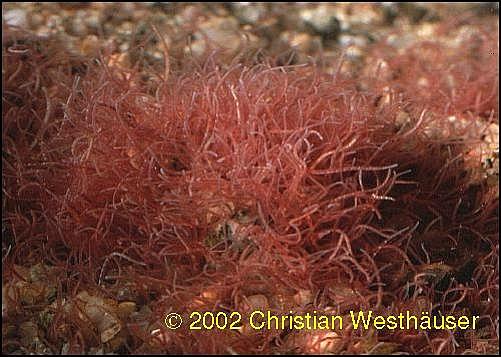
This is the best trial we are aware of for looking at chlorine toxicity thresholds for tubifex worms in wastewater. This left a mostly empty basin filled with water and many tubifex worms. The operators systematically took their basins offline, one by one, and removed the filtration media for a thorough cleaning.

After several years of use, the media became colonized with tubifex worms and redworms.Īquafix was able to provide our AQUABACxt and BugJuice to get rid of the redworms and nuisance midge flies that they hatched into with no issue. Flow went into one of 3 basins and then through the cloth media. This 8 MGD activated sludge plant had a synthetic media filtration system as one of its final treatment processes. This was the most effective method at killing the worms, but again they came back. They also tried bringing in loads of superheated water, and introducing it directly to the filters, several thousand gallons at a time. While this did bleach the outside of the groups of worms, they noted that when a ball or mass of worms was broken open, there appeared to be healthy worms remaining inside the mass. Next the operator tried isolating the filters and applying a heavy dose of chlorine. The prevailing theory was that a new supply of the worms was washing into the system daily, and because the source wasn’t treated, the population slowly rebounded. However, after that period of relief the tubifex worms reappeared. They reported minimal tubifex presence in the sand filters. The results appeared very positive during the following weeks. The operators let both products soak for 24 hours and then backwashed to the head of the plant.

Qwik-Zyme P, a biocatalyst-based product, was then used to break down the food source that the worms had been living on, as well as to degrade the dead worms. The operator used a chelated copper to kill the tubifex worms, but not harm the good biology. The Aquafix team came up with a two-part plan to kill both types of worms and clean the filters of excess sludge and proteins. The sand filters are approximately 20’ by 12’ by 8’ of sand. This 1 MGD RBC, was followed by three sand filters for up-flow nitrification and down-flow denitrification.

Aquafix was first introduced to Tubifex worms at a municipal treatment plant in Rhode Island.


 0 kommentar(er)
0 kommentar(er)
